How nature inspires technology
We may think we have perfected the design of our technologies and structures, but more often than not, nature knows best. Engineers, architects and designers look to the natural world for inspiration on how we can improve technologies, an idea known as biomimicry.
Alton Greenhouses have produced a series of illustrations to demonstrate some examples of current and future nature-inspired innovations, check them out below:
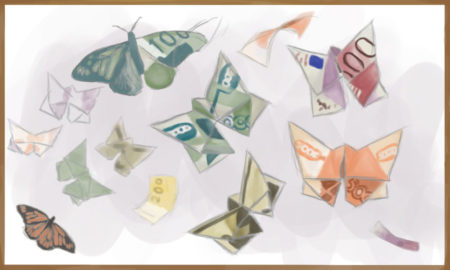
Butterflies’ wings get their colour from tiny nanostructures that refract light. Scientists from the University of Cambridge have mimicked these nanostructures, which may lead to improved anti-counterfeiting technologies on banknotes
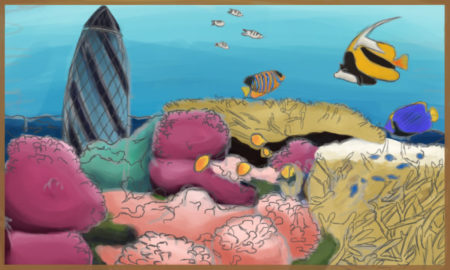
The lattice-like structure of the deep-sea Venus flower basket sponge inspired the design of the Gherkin in London. The building also mimics the flower’s ability to channel water, by using floor-level vents and a spiral shape to direct wind flow, reducing air conditioning requirements by 50%
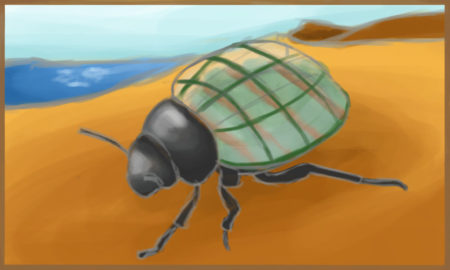
The Namibian desert beetle can gather water from humid ocean air. This property is mimicked by the designs of seawater greenhouses, which convert saltwater into fresh using sunlight. wind, and a small amount of energy
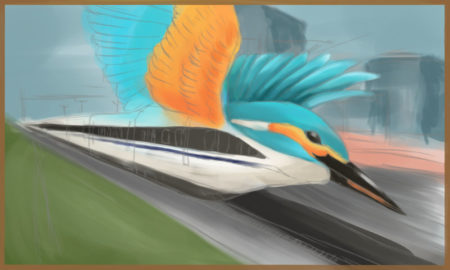
Eiji Nakatsu, lead engineer for the Japanese Shinkansen bullet train, was inspired by the streamlined beak of a kingfisher. Giving the Shinkansen bullet train a ‘beak’-like nose made the train quieter, 10% faster and 15% more efficient
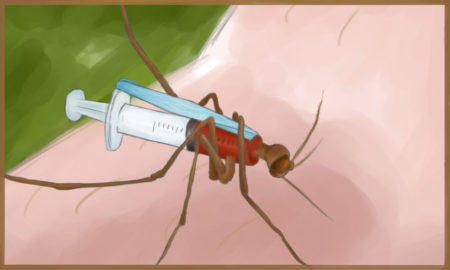
You probably won’t notice a mosquito as it’s biting you, as its proboscis is serrated so that only small points of it are in contact with the skin, reducing nerve stimulation. Micro-engineers from Kansai University in Osaka, Japan, have copied this structure to create a painless silicon needle
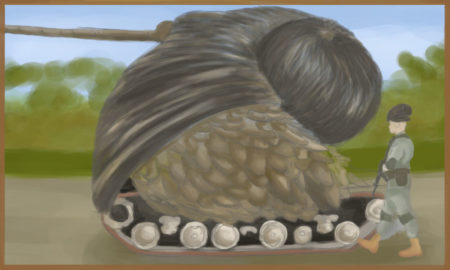
The deep-sea snail, discovered in 1999, has a unique multi-layered iron-based shell to defend itself against predators. Its three-layered structure of iron plates, shock-absorbing organic layer, and calcium carbonate could inspire next-gen armour
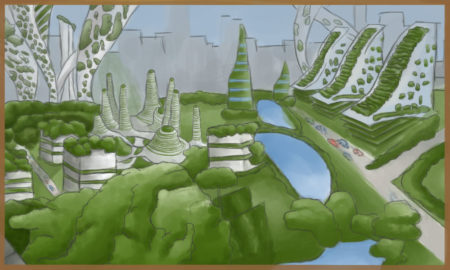
In the future, nature-inspired designs could be incorporated in a wide range of projects. To improve city sustainability and efficiency, we could see skyscrapers inspired by the structure of bone, transport networks inspired by motor proteins, efficient motorways mapped by slime mould, and many more
All images courtesy of Alton Greenhouses





